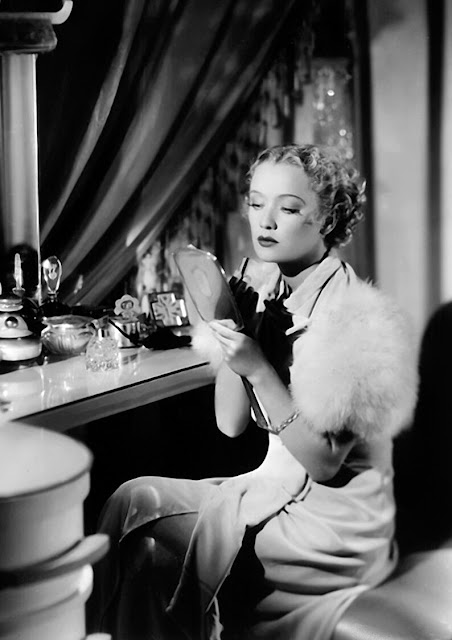The Cocaine Peacock and Cherry Jones
In 1982, as my time with
Tennessee Williams was coming to an end, he sat me in a chair in his suite at
the Royal Orleans and asked me if I happened to be addicted to any drugs. I told
him I was not. He told me that this was good news, for addictions to drugs and
alcohol and “laborious” activities were bad for the soul and depleted us of
artistic integrity. Tenn then told me that I danced precariously close to
another addiction. What is that? I asked. “Nostalgia,” he told me. Nostalgia, he
claimed, was a disease and an addiction, and it was evil: We tended to
rhapsodize far too long on past glories, and we keep missing the miracles right
in our way. Oil in our own backyards. “Be a witness,” he told me. “You will see
someone, or you will hear about someone, who will invigorate you as no drug
possibly could.” Tenn then took a small, ornate peacock (a salt cellar, I was
later told), in which he kept cocaine, and dumped the contents on the coffee
table. He gave me the peacock (the peacocaine, he called it) and told me to
make it a gift to the person who invigorated me and made me believe—as I had
when I was very young—in the power of the theatre, of art, of people.
The tail was damaged when Tenn dropped it, and he substituted the
tail/spoon with a salt spoon he cadged from the home of Maria St. Just. In 1990
she saw the spoon and confirmed that it came from her home.
Last night, in her dressing room at the Booth Theatre, I gave the peacock to Cherry Jones, because she makes me believe again, and Tennessee will live again--without chemical stimulant--in the home and the performances of this great actress.




Comments
Post a Comment
Thank you for your comments. The moderators will try to respond to you within 24 hours.